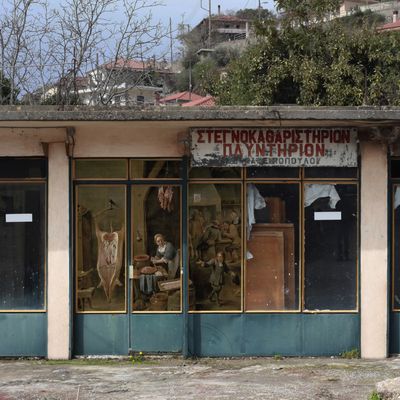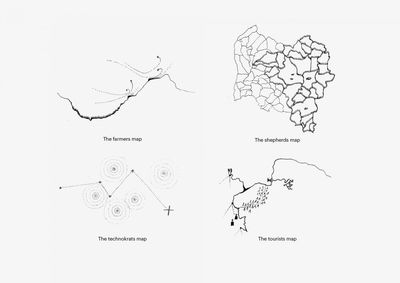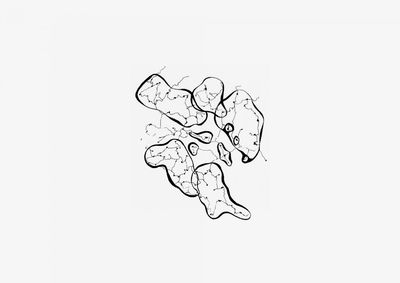Arcadian VillagesMountainous CountrysideMeike Stender and Akito Yoshinaka

The villages of Arcadia punctuate the slopes of Mainalon, Parnonas and Lykaion Oros mountains. With their compact built structure and defined limits, each village constitutes an identifiable entity in the Arcadian landscape. Located at high altitudes, between 600 and 1200 meters, and surrounded by wilderness, these villages have acquired a special place in Greek political history. During the antiquity, the inaccessible heights of Arcadia triggered imagination and various mythic associations developed around it: Arcadia is the battlefield of Gigantomachy, the birthplace of Zeus, and the homeland of Pan and the Nymphs.
Up to the modern era, the region has never been a unified political entity, but was rather marked by the coexistence of independent city-states. After the fall of the Roman Empire, Arcadia became part of the Greek-speaking Byzantine Empire (the Despotate of the Morea), still perceived as an intact and secluded region. Its inhabitants became proverbial herdsmen symbolising both pastoral lack of sophistication, and the gift of simplicity and living in bliss. The imaginary of idyllic paradise travelled to the west through the works of literature, most notably in the visions of a pastoral utopia of Virgil’s Eclogues (42 BC) and later in Jacopo Sannazaro’s Arcadia (1504). During the four hundred years under Ottoman Empire, the remote Arcadian mountains served as hideout where some measure of Greek self-government was preserved, eventually producing the revolutionary generation that won the Greek national independence in 1821.
Since the 1950s, Arcadian villages experienced extreme depopulation as a result of intense urban-rural migration in the postwar Greece. Today, Arcadian villages compose a heterogeneous constellation. One finds touristic villages such as the Mainalon ski resort, with luxurious pensions in renovated stone houses; abandoned villages that exist only as transit points on hiking paths (Arkoudoremma (0 inh.) and Limpovici (0 inh.)), and seasonal villages active only a few days each month, when they host weekend visitors or holiday goers. (Examples are Stemnitsa, which went to 191 inh. in 2011 from 411 inh. in 2001, and Dimitsana with 342 inh. in 2011, shrinking from 611 inh. in 2001—the figure equal the half of its population before the WWII.) At middle-heights bellow 600 meters, agricultural hamlets lacking views and other natural attractions of the peaks have also shrunk. (Examples are Kapelitsa with 30 inh. and Zatouna with 13 inh.) In the lower heights, wealthy agricultural villages are still growing. (Tropaia counted 506 inh. in 2011 compared to 674 inh. in 2001.)
With their history of remoteness and utopian imaginaries, the Arcadian villages today face several challenges radically altering their character. Still considered a remote part of Greece, Arcadia remains an unfortunate object of persisting idyllic mythologies, often misinterpreted as area of intact nature and source of all Greek traditions. This understanding contributes to the further decline of the villages.
The project on Arcadian villages focused on the Arcadian municipality of Gortynia, in which the various transformations have been framed and observed: the challenges of depopulation and the declining village economies; the reinvention of villages as touristic destinations; the lack of infrastructures, and the need for future plans. The project demystifies the stereotype of Arcadia as pastoral idyll and tries to reconstitute a contemporary image of Arcadia under urban transformation. These insights have formed the basis for a territorial strategy for the Arcadian countryside.







